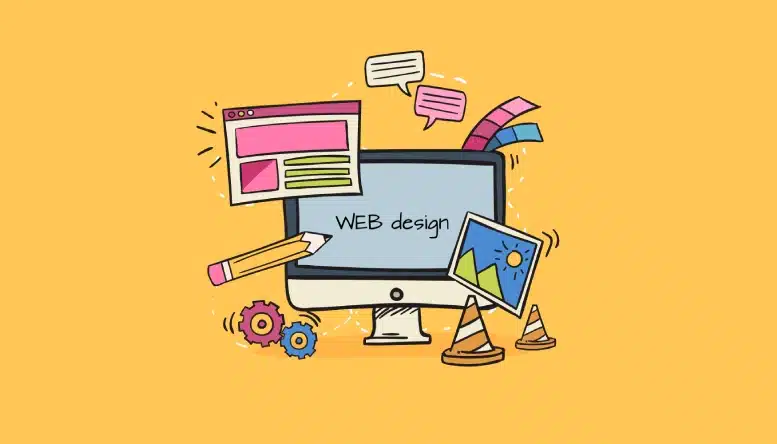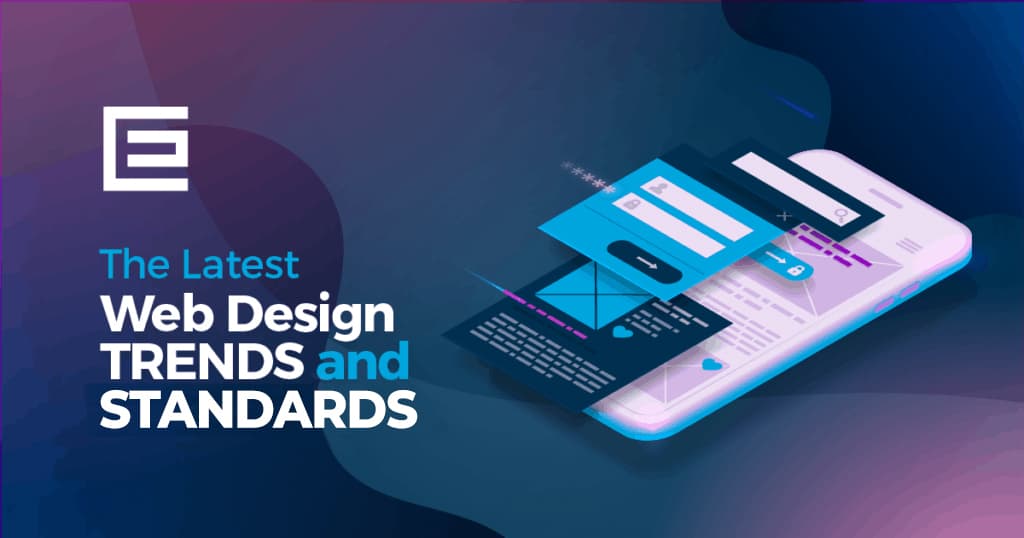The Best Types of Website Design to Improve User Experience and Interaction
In the ever-evolving landscape of digital communication, the efficiency of Web style substantially affects individual experience and interaction. Various design techniques, such as minimalist, receptive, and interactive layouts, each offer one-of-a-kind benefits that can cater to varied customer needs. Recognizing which kinds of website design ideal serve these purposes can be crucial for services aiming to improve client complete satisfaction and retention. Nevertheless, the inquiry stays: which style aspects truly resonate with customers and foster purposeful involvement? The exploration of these principles discloses critical understandings that may redefine your approach to Web design.
Minimal Web Layout
As digital landscapes end up being significantly cluttered, minimal Web layout has actually become an effective approach to boosting user experience. This style approach prioritizes simpleness, concentrating on vital aspects while getting rid of unneeded distractions. By making use of ample white space, straightforward navigation, and a minimal color palette, minimalist design cultivates clearness and routes customer attention to crucial web content.
The core principle of minimal Web design is to develop a smooth interaction for users. By lowering cognitive lots, users can quickly comprehend details without really feeling overwhelmed. This direct method not just enhances use yet likewise motivates interaction, as site visitors are more probable to check out a website that is simple and visually appealing to navigate.
Additionally, minimalist style commonly stresses typography and images, making use of these components strategically to communicate messages successfully. This focus on important components can improve brand identification and develop a remarkable customer experience. Fundamentally, minimal Web design is not just a pattern; it is a thoughtful method that identifies the relevance of user-centered layout. By stripping away supplementary elements, designers can produce a much more engaging, efficient, and delightful Web experience for all individuals.
Responsive Website Design
In today's diverse electronic atmosphere, responsive Web style has actually become vital for producing a seamless user experience throughout a multitude of gadgets. As users access web sites on smart devices, laptops, tablets, and desktop computers, the capability of a website to adjust its format and web content to different display dimensions and resolutions is essential.
Responsive Web layout employs flexible grids, photos, and CSS media questions to guarantee that Web material is provided efficiently, no matter the gadget made use of. This approach not just improves the visual appeal of a web site yet additionally substantially improves functionality. Individuals are most likely to involve with a site that supplies a regular experience, as it removes the frustration of needing to focus or scroll exceedingly.
Moreover, internet search engine, consisting of Google, prioritize mobile-friendly internet sites in search rankings. By embracing responsive layout, services can improve their visibility and reach a more comprehensive target market. This method likewise simplifies website maintenance, as a single version of the website can deal with all tools, reducing the need for multiple versions. In recap, receptive website design is a fundamental method that improves customer experience, engagement, and general complete satisfaction.
Interactive Web Design
Receptive website design lays the foundation for improving customer experience, but interactive Web design takes this a step even more by involving customers in a much more vibrant method - Aligned Position Web Design. By including components such as computer animations, clickable prototypes, and real-time comments, interactive website design astounds users, attracting them into a richer browsing experience
This method not just useful reference promotes involvement yet likewise motivates users to explore content actively rather than passively eating it. Strategies such as gamification, where customers gain rewards for completing tasks, can significantly enhance the time spent on a website and boost total satisfaction. In addition, interactive functions can streamline complex information, making it extra enjoyable and digestible.

Incorporating interactive design aspects can likewise bring about greater conversion rates, as users are most likely to involve with a site that proactively entails them. Aligned Position Web Design. Ultimately, interactive website design changes individual experiences right into memorable trips, ensuring that site visitors return time and again
Apartment Design
Identified by its minimalistic approach, flat design highlights simpleness and capability, removing away unnecessary components and concentrating on crucial features. This style approach prioritizes use, ensuring that users can browse user interfaces with convenience and effectiveness. By using a tidy visual, level style gets rid of the clutter commonly located in extra elaborate designs, thereby improving user focus on content and performance.
The characteristic of flat design depends on its use of strong shades, simple typography, and geometric forms. These aspects contribute to a visually enticing user interface that is both approachable and modern-day. Furthermore, level style promotes a feeling of quality, enabling customers to recognize essential activities and info without interruption.
Furthermore, flat layout is particularly efficient in responsive Web layout, as its simpleness equates well across various gadgets and display dimensions. By concentrating on crucial functions, level design not just fulfills customer demands however also urges smooth interaction, making it an important element of reliable Web layout approaches.
Adaptive Web Layout
Flexible Web layout personalizes the customer experience by creating numerous repaired formats customized to various display sizes and tools. Unlike responsive style, which fluidly changes a solitary layout, adaptive layout utilizes distinctive formats for certain breakpoints, making certain optimal presentation on various systems. This approach allows developers to concentrate on the one-of-a-kind features of each gadget, boosting usability by providing specifically what individuals need based on their context.
Among the main benefits of adaptive Web design is its capability to enhance tons times and performance. By serving customized web content and photos that fit the user's gadget, web sites can minimize data use and enhance loading speeds. This is particularly advantageous for individuals with slower links or restricted data plans.

Additionally, adaptive style helps with a more controlled and consistent branding experience. Given that designers create numerous designs, they can make sure that the aesthetic elements align with the brand's identity across different systems - Aligned Position Web Design. This results in a cohesive individual experience, improving involvement and advertising Website individual retention
Verdict
Minimal style fosters quality and emphasis, while responsive style guarantees flexibility across numerous tools, promoting access. Collectively, these style approaches add to the development of easy to use environments that not only boost satisfaction yet also drive higher conversion prices, emphasizing their critical value in contemporary Web style techniques.

Minimal style cultivates quality and emphasis, while responsive design makes sure flexibility throughout different devices, promoting access. Collectively, these style comes close to add to the production of straightforward atmospheres that not just boost fulfillment yet additionally drive higher conversion rates, highlighting their crucial significance in contemporary Web design approaches.